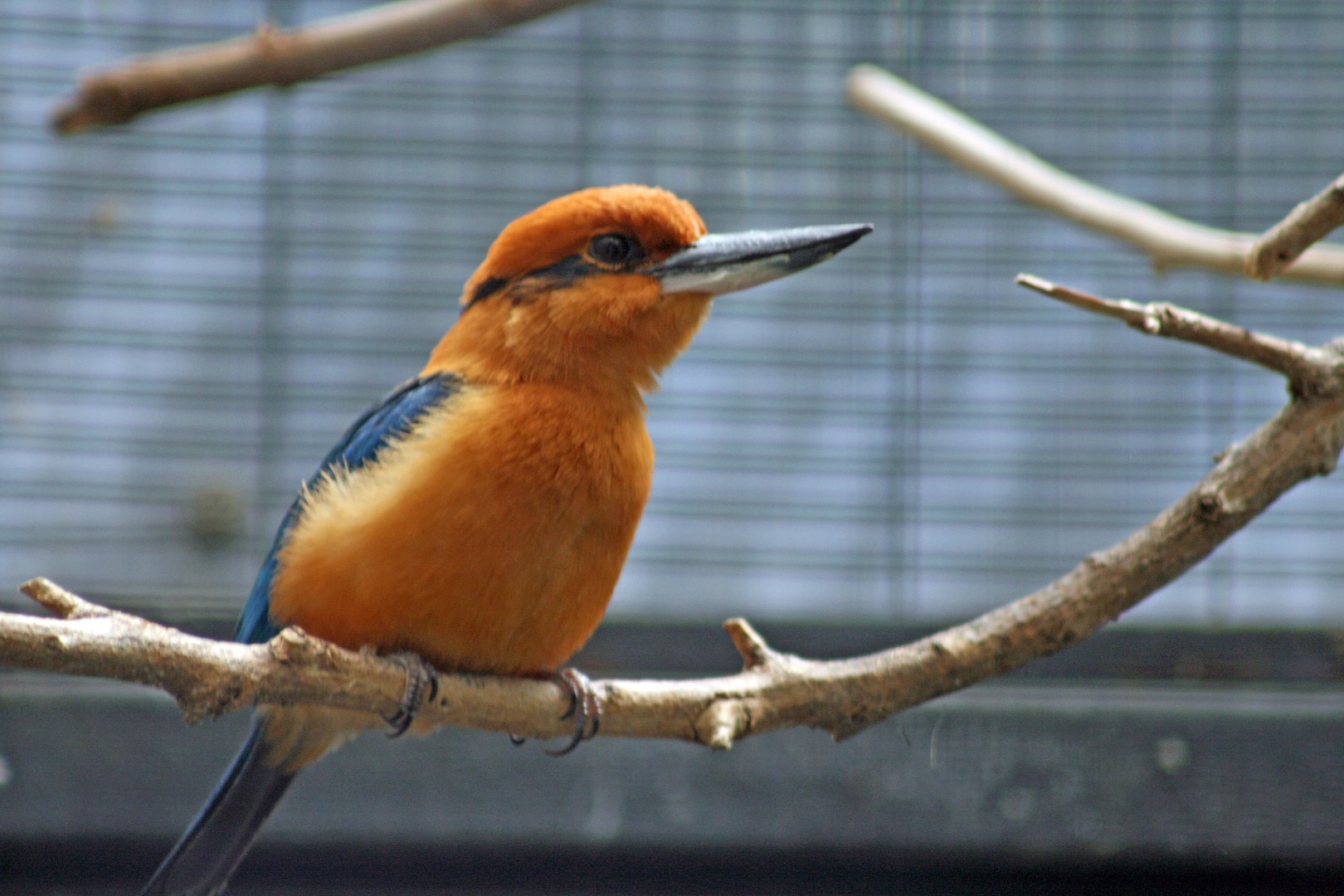Guam Kingfisher
A species of Australo-pacific Kingfishers, Also known as Sihek Scientific name : Todiramphus cinnamominus Genus : Australo-pacific Kingfishers
Guam Kingfisher, A species of Australo-pacific Kingfishers
Also known as:
Sihek
Botanical name: Todiramphus cinnamominus
Genus: Australo-pacific Kingfishers
Content
Description General Info
Description
The mysterious extinct Ryūkyū kingfisher, known from a single specimen, is sometimes placed as a subspecies (T. c. miyakoensis; Fry et al. 1992). Among-island differences in morphological, behavioral, and ecological characteristics have been determined sufficient that Micronesian kingfisher populations, of which the Guam kingfisher was considered a subspecies, should be split into separate species. This is a brilliantly colored, medium-sized kingfisher, 20–24 cm in length. They have iridescent blue backs and rusty-cinnamon heads. Adult male Guam kingfishers have cinnamon underparts while females and juveniles are white below. They have large laterally-flattened bills and dark legs. The calls of Micronesian kingfishers are generally raspy chattering. 
Size
20 cm
General Info
Behavior
Guam kingfishers were terrestrial forest generalists that tended to be somewhat secretive. The birds nested in cavities excavated from soft-wooded trees and arboreal termitaria, on Guam (Marshall 1989). Micronesian kingfishers defended permanent territories as breeding pairs and family groups (Kesler 2006). Both sexes care for young, and some offspring remain with parents for extended periods. (Kesler 2002). Research suggests that thermal environment has the potential to influence reproduction (Kesler 2003). 
Species Status
The Guam kingfisher population was extirpated from its native habitat after the introduction of brown tree snakes (Savidge 1984). It was last seen in the wild in 1988, and the birds are now U.S. listed as endangered (U.S. Fish and Wildlife Service 1984). The Guam kingfisher persists as a captive population of fewer than two hundred individuals (as of 2017) in US mainland and Guam breeding facilities. However, there are plans to reintroduce the Guam birds to another suitable island (Laws and Kesler 2012), and potentially also back to their native range on Guam if protected areas can be established and the threat of the tree snakes is eliminated (US Fish and Wildlife Service 2004). Unfortunately, however, three decades of research and management has yielded little hope for safe habitats on Guam. 
